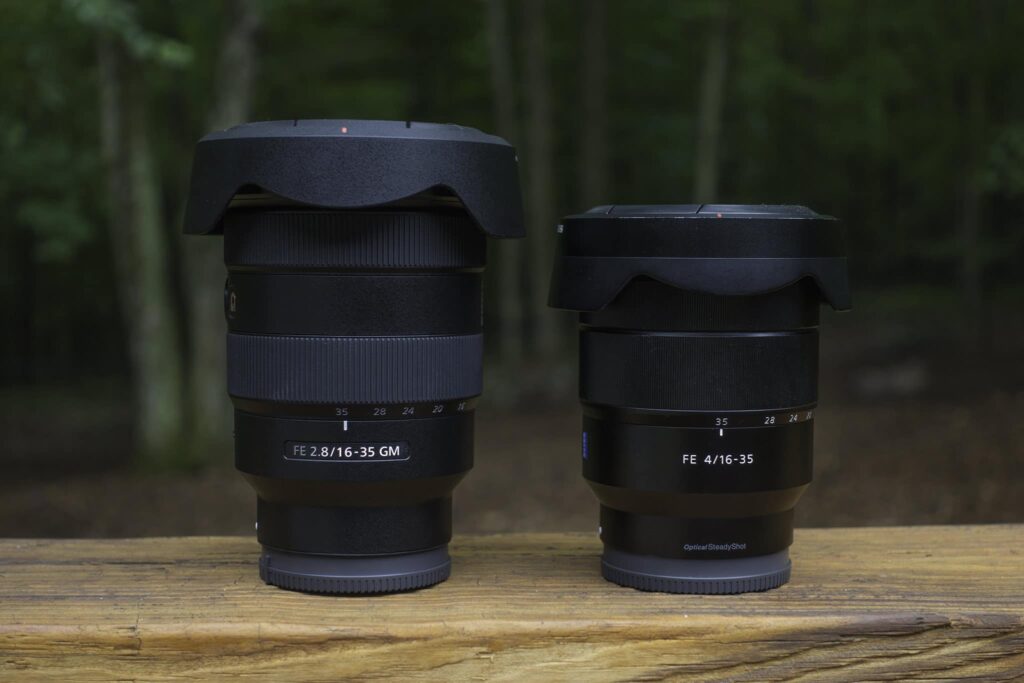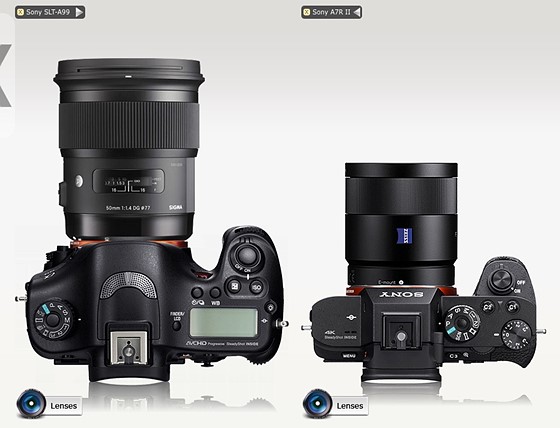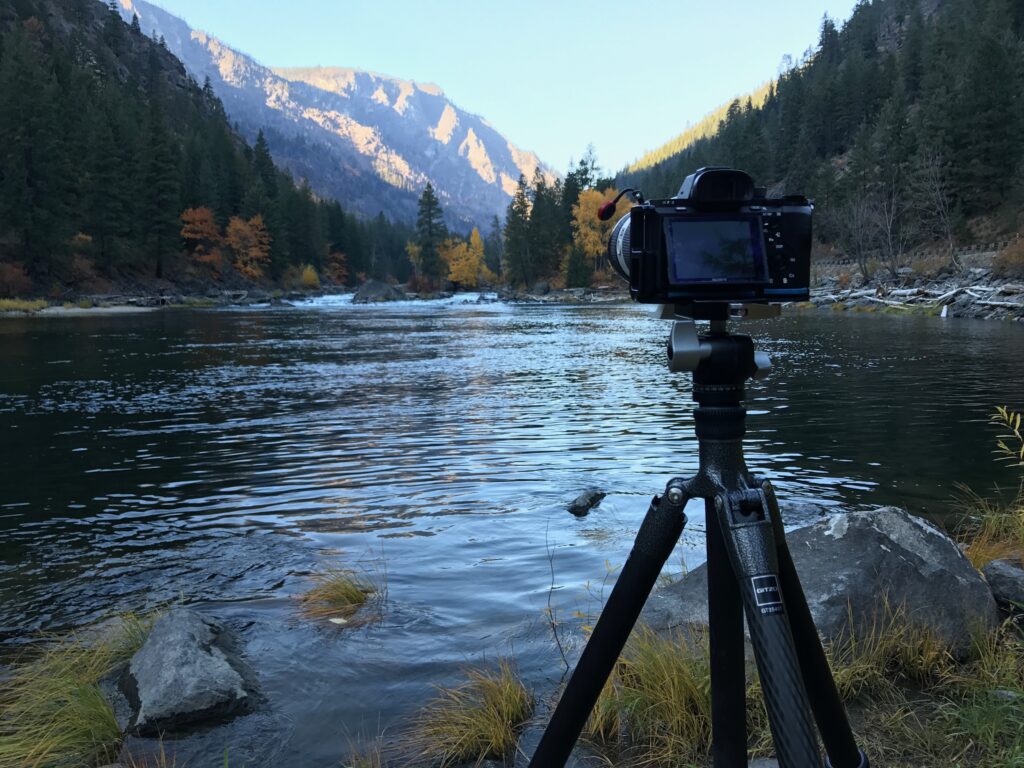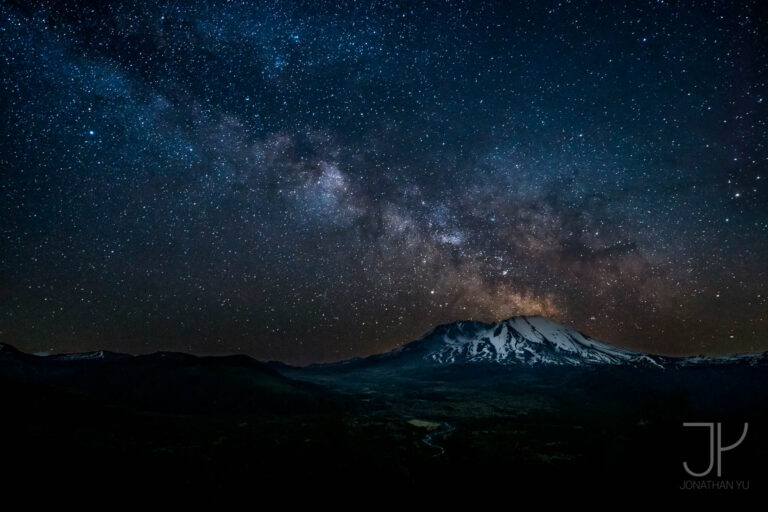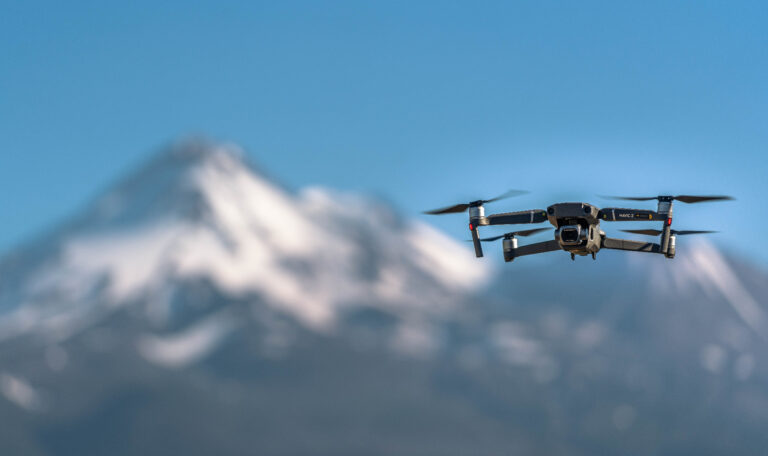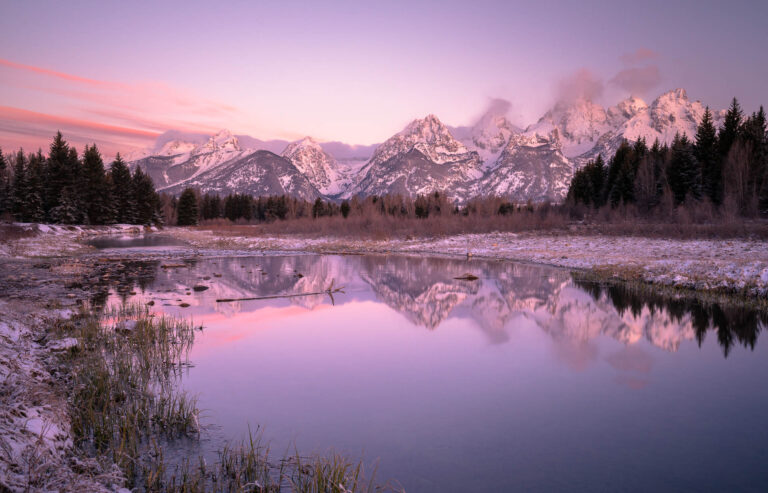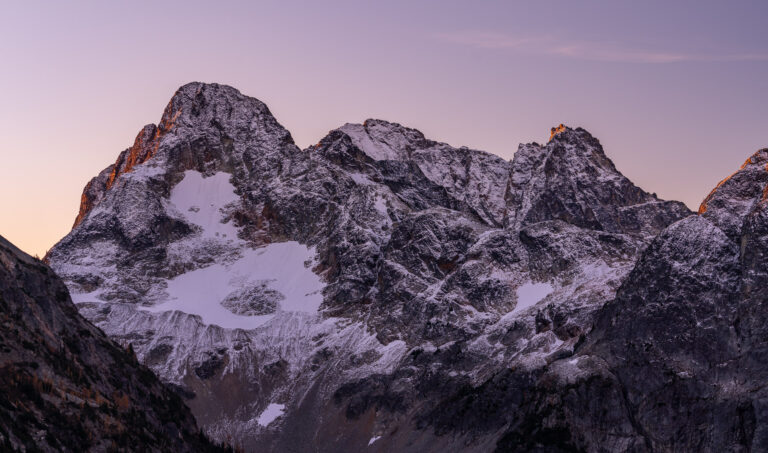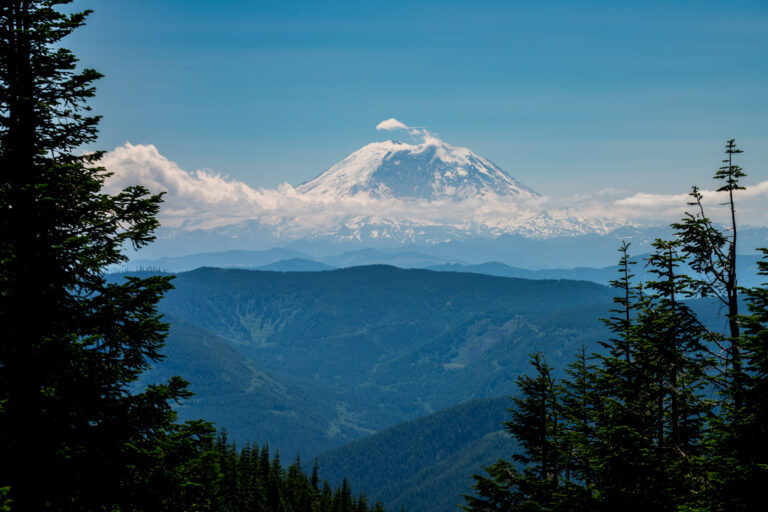What’s In My Bag – 2020 Gear List
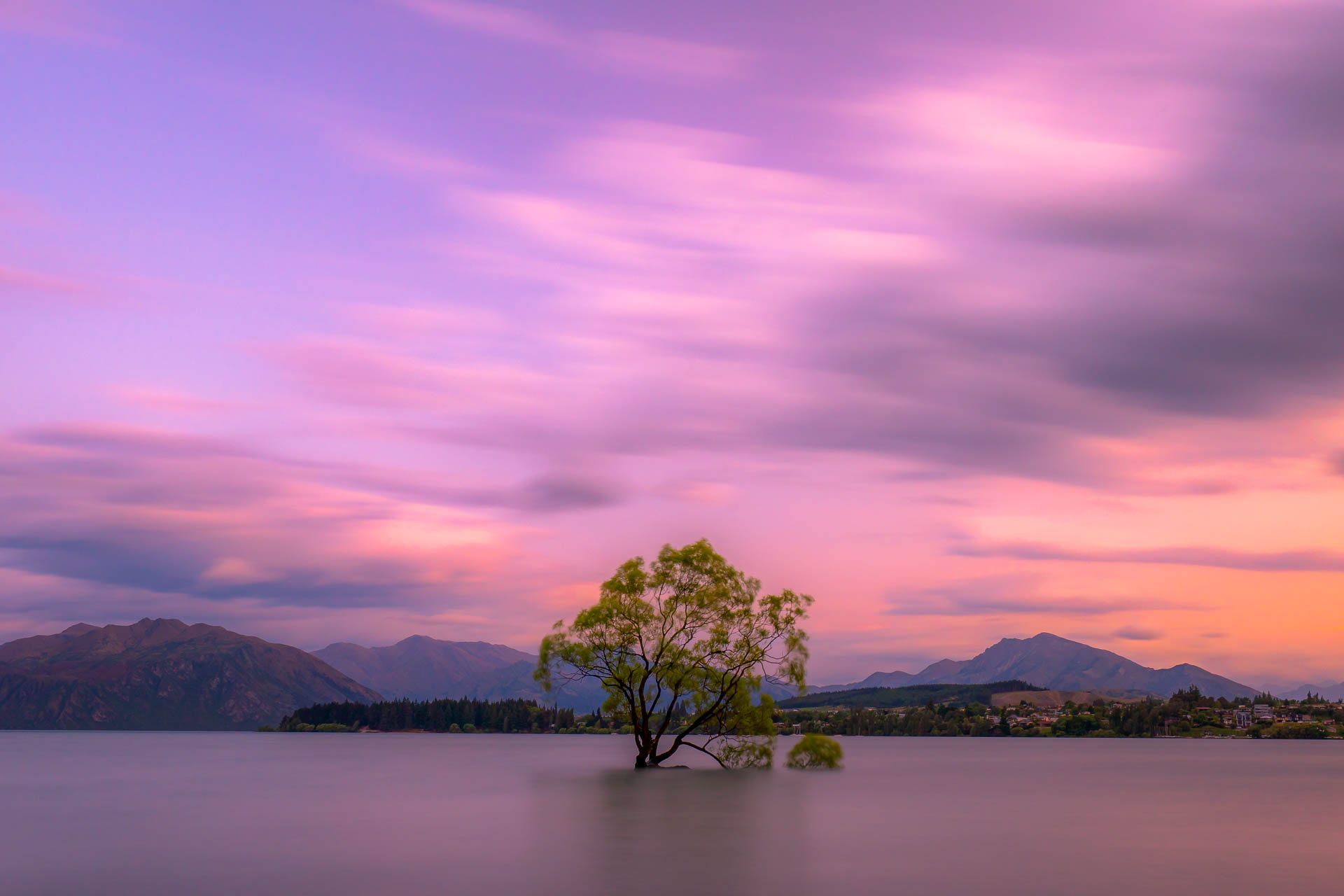
Start of a new decade! Haven’t made many changes but 2019 was a big year for my photography. Took me to places all over the world including Australia, Hong Kong, and New Zealand. I’ve updated the existing notes with some new comments and photos as well.
If you’re looking for previous years stuff:
And if you just want a summary of what’s changed:
Camera
Main Body: Sony A7R III
I actually didn’t feel a need for the latest iteration of the Sony A7R series. I’ve been shooting quite happily with the A7R II but unfortunately the shutter malfunctioned one day and stopped working. I had to send it in for repairs (another post for that story) and bought the A7R III in the meantime. Most of the “complaints” I wrote about last year about the A7R II (primarily the battery life) have been resolved with the latest iteration. The mark III uses the new “Z-series” batteries which promises 2.2x more battery life. The results so far have been pretty good, I’ve been using a single battery for 2-3 days of sunrise/sunset shooting.
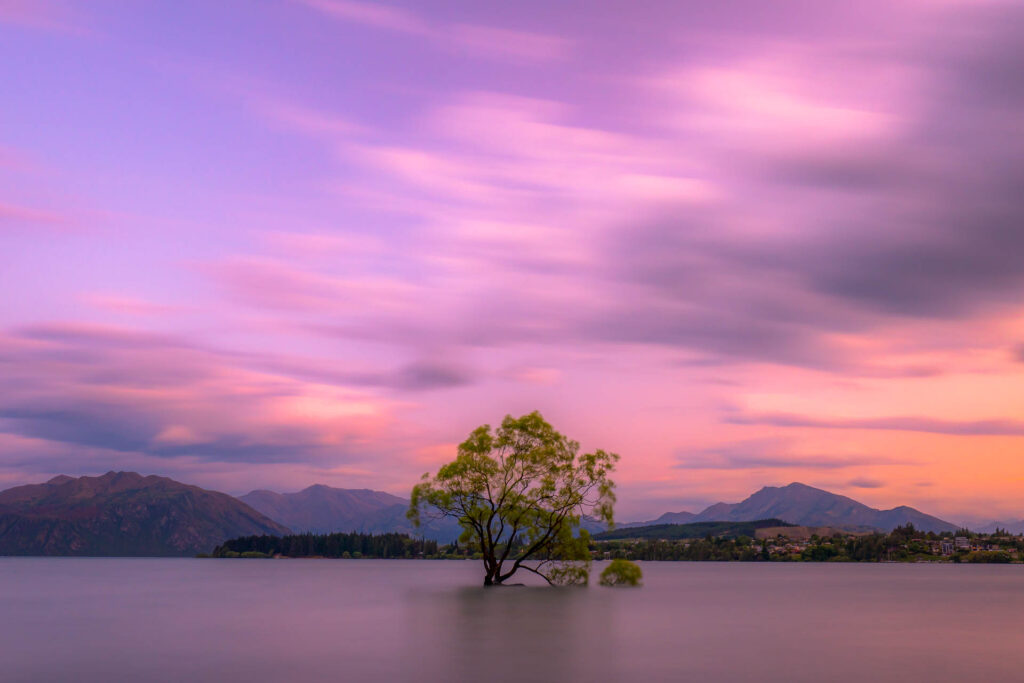
The menu system hasn’t changed much, but there are now options for custom menu favorites. I do like the new joystick for focus selection. It’s a bit quicker than using the “center wheel” of the mark II. Overall, it’s a superior upgrade in every way. You’ll need new accessories (such as L-bracket, battery, etc) but if you can swallow the pricey bullet, it’s well worth the upgrade.
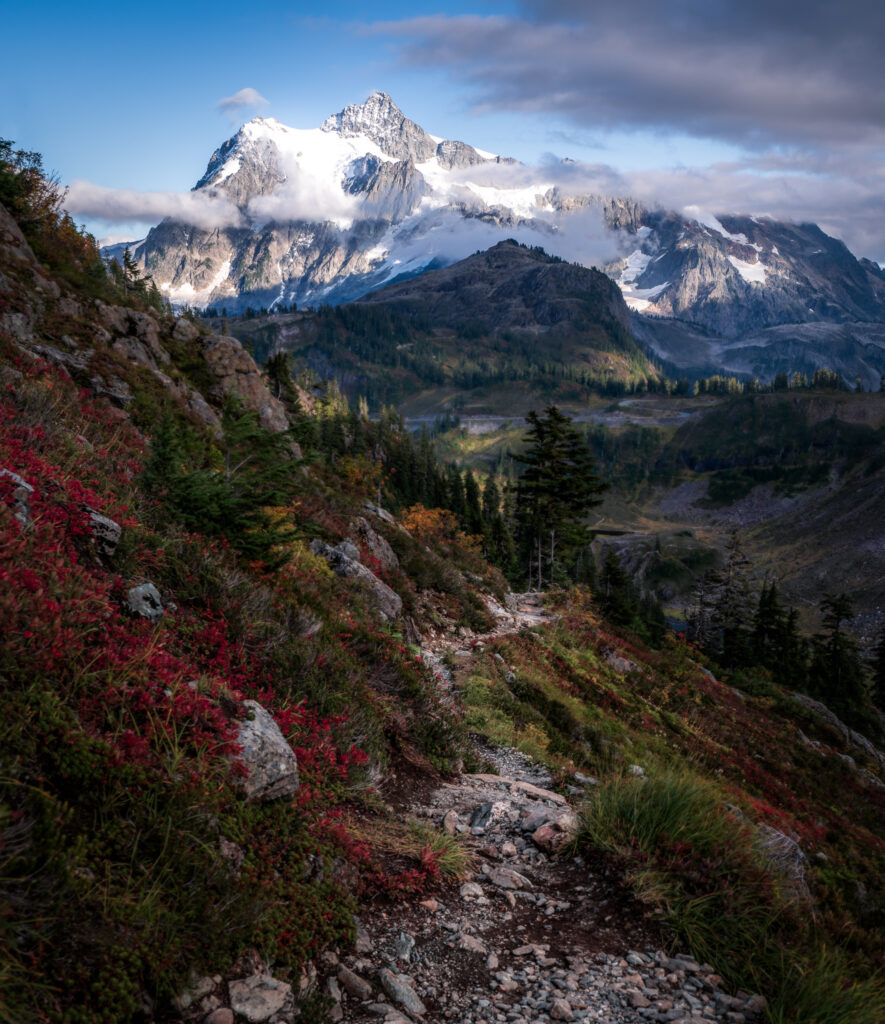
One of my favorite features of the Sony A7R III (and IV) is the “APS-C Super 35 mode” feature. This essentially turns my camera into a crop-sensor but also allows me to shoot at 1.5x crop factor, giving me a little extra reach without having to change lenses. A 70-200mm roughly becomes a 105-300mm reach!
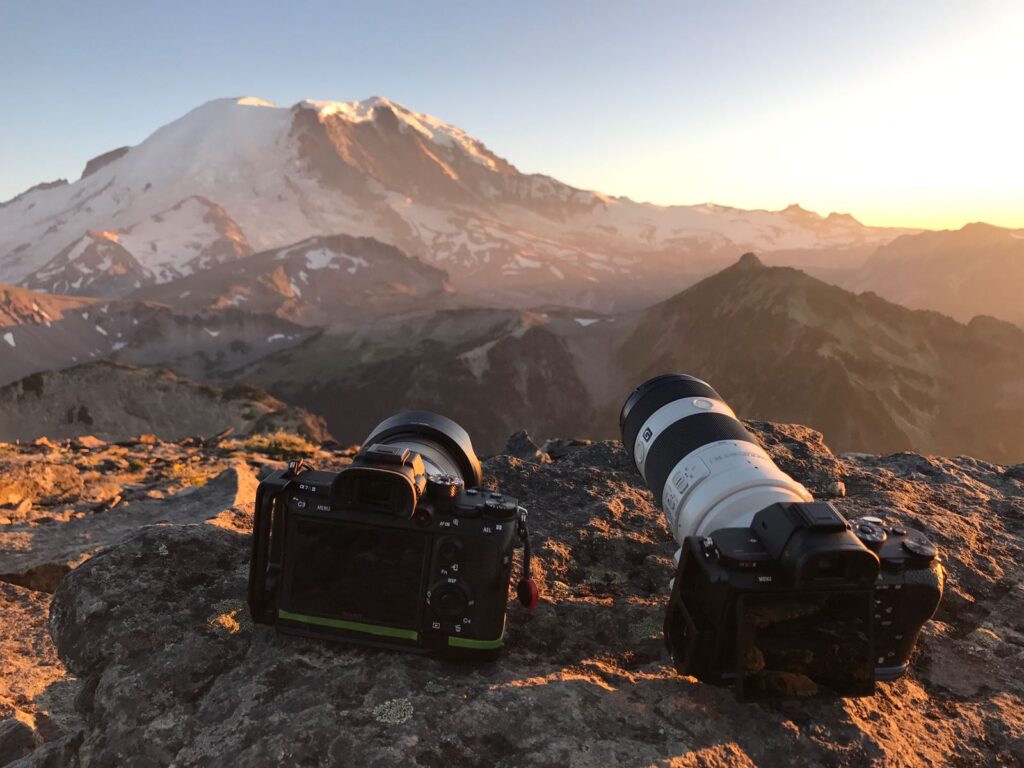
Drone: DJI Mavic 2 Pro
Check out my review of the drone here!
I’ve been thinking about getting drone for a while now but never really fully committed to it. I wanted to use it to capture photos from a different perspective (aerial) and also have a cool toy to play with during the day (when the light isn’t as good for my regular shots). Anyways, I was fortunate enough that a random stranger offered to let me try his drone one day while we were shooting and that was the end of that story. Went home that day and a few days later I had my very first drone.
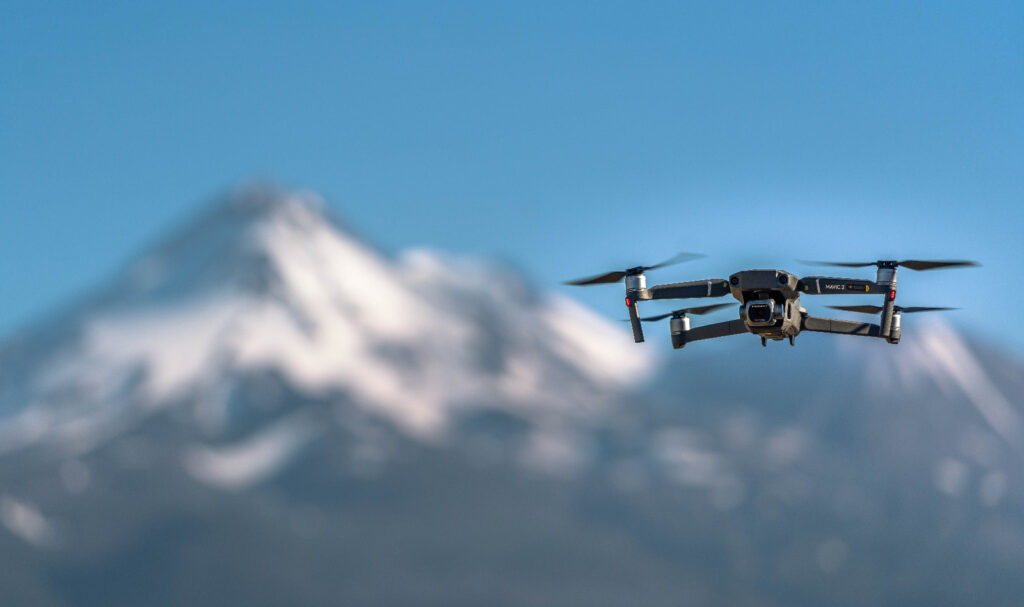
I’ve only had it for a couple weeks (at the time of this post) so I can’t do a full review on it but I will probably follow up with a post after I do a few more trips with it.
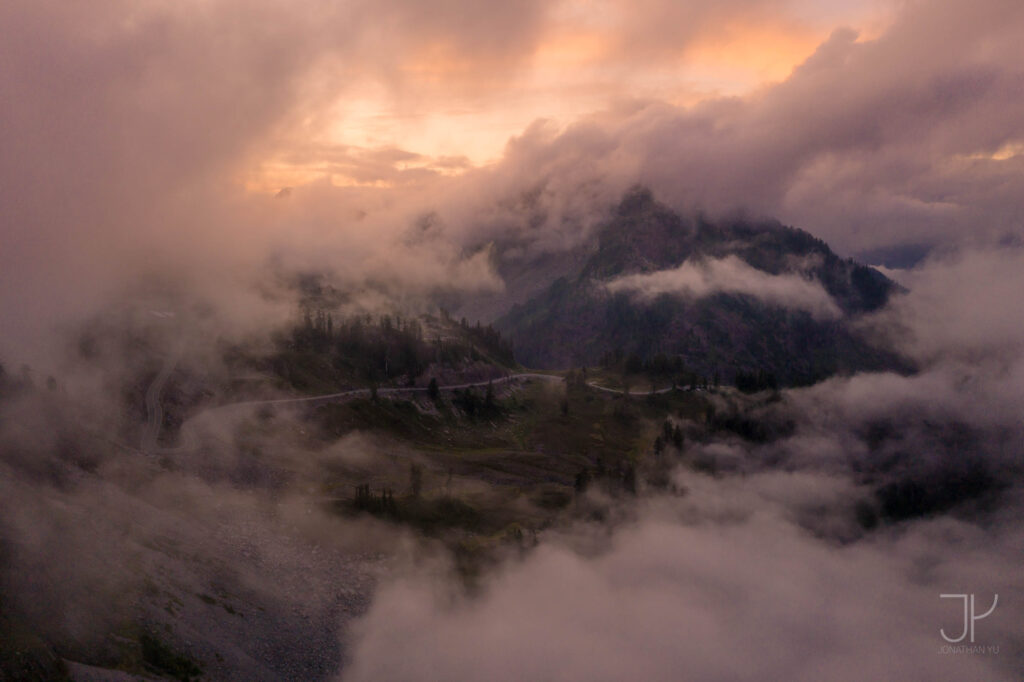
I have around 60 flights under my belt now but I’m still learning it like a new camera! The drone itself is easy to control, almost everything can be on autopilot (if you want) and there’s a ton of safety features to prevent you from decapitating yourself (or just crashing it). Overall I would compare the image quality to the Sony RX100 – not superb, but awesome in the right situation and hands. The quality starts to fall off drastically in low light but if the lighting is good then you can still get great images out of it. I’m glad I went with the Pro instead of the Zoom (20MP vs 12MP). The zoom offers a 24mm-48mm zoom lens but on a lower resolution sensor. If you only shoot video then Zoom is likely the way to go.
One thing I’d like to mention is buy more batteries! I can’t stress this enough! Each battery only lasts a maximum of 31 minutes so if you plan to fly a few flights you’ll need at least 3! I think the best value would be to get the DJI Mavic 2 Fly More Kit, which comes with 2 batteries, a car charger, a 4x battery charger, and a bag to carry everything in (plus extra propellers).
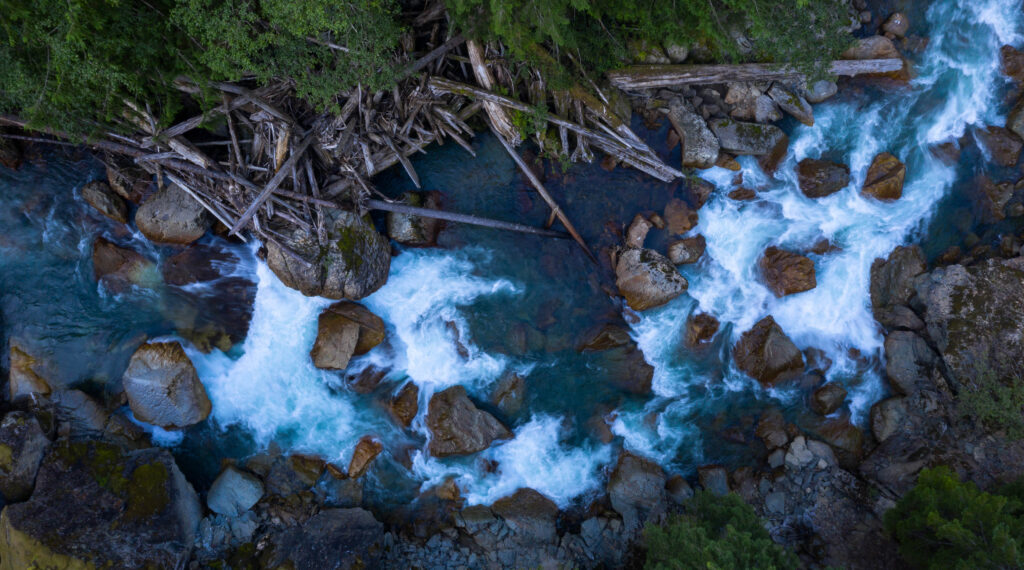
Second/Back Up Body: Sony A7R II
The bread and butter of my system, the 42mp full-frame beast of a camera. A landscape photographer’s dream, the A7RII has been perfect for me ever since I started using it. I’ve had it for 4 years now and it’s still performing as if it was new. The weight is just right, it feels great in my hand, and I love the electronic view finder that you get with mirrorless cameras.
The general qualm that people have against this body is the menu system and battery life. I guess the battery life is on the short side, especially when compared to Nikon/Canon cameras, but that’s with a smaller (and lighter) battery. As a landscape photographer, I don’t have any issue with carrying multiple smaller batteries. The menu can be a bit clunky though – it’s something you get used to after using it for a while, but it definitely can be improved.
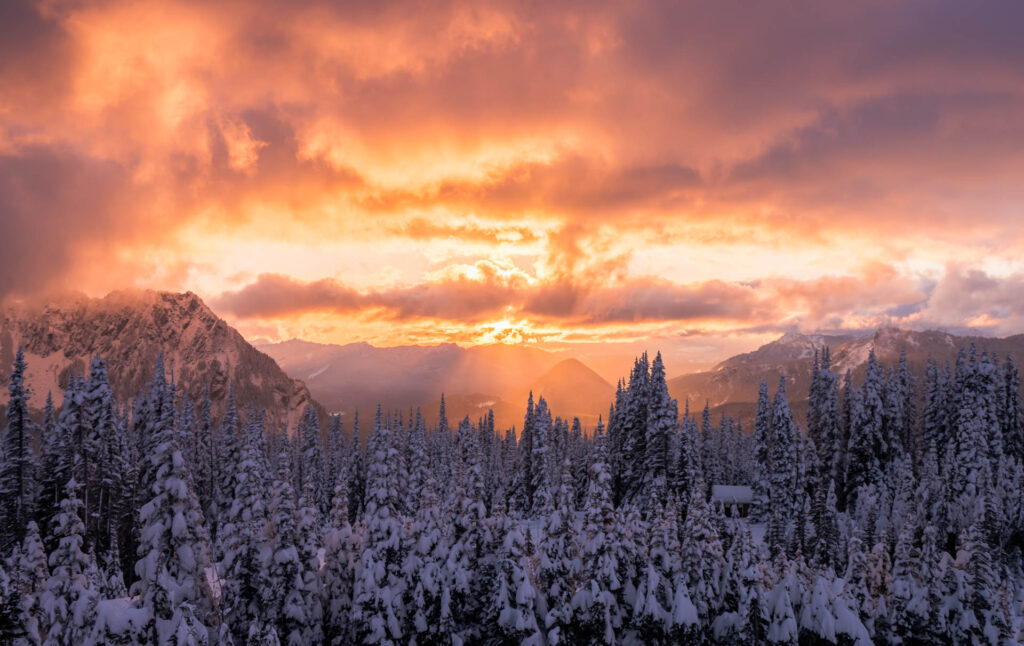
With such a high resolution camera, you just have to pair it with equally as high resolution lenses. Luckily most of the Sony E-mount lenses are magnificent.
Lenses
Wide Angle Zoom: Sony FE 16-35mm F/4 ZA
Definitely one my most used lenses. If I were to choose one lens for a trip, most of the time I will bring the 16-35. It’s very versatile for landscape photographers. The F4 version provides a well struck balance between sharpness, quality, and weight. It’s also weather sealed! The lens is sharpest from 16mm to 24mm. While the sharpness drops a little towards 35mm, it’s still very much usable. I’ve grown addicted to the perspective the lens brings at 16mm anyways. The wide angle perspective gives a larger-than-life feeling to objects in the foreground, dwarfing those objects in the background.
If you never shoot too far away from your car, then the newer 16-35 F2.8 GM may suit you better. It’s sharper and faster, but much heavier (and more expensive). But if quality is the main concern, the F2.8 GM is the sharpest wide angle zoom ever tested. It’s also a decent astro / milky way lens. However, I value a balance between quality and weight. Most of my shooting involves some backpacking / hiking, and every pound matters when you’re carrying it all day!
Long Zoom: Sony FE 70-200mm F4 G
My second most used lens. When wide isn’t what you need, then long is what you’ll use. A pretty classic lens when it comes to focal length, but from a landscape photographers perspective, is a must have behind the 16-35. It’s lighter than it’s Nikon and Canon counterparts, but not by much. It’s light enough to be handheld in adequate light (it’s stabilized). However for the sharpest pictures, I recommend using it on a tripod.
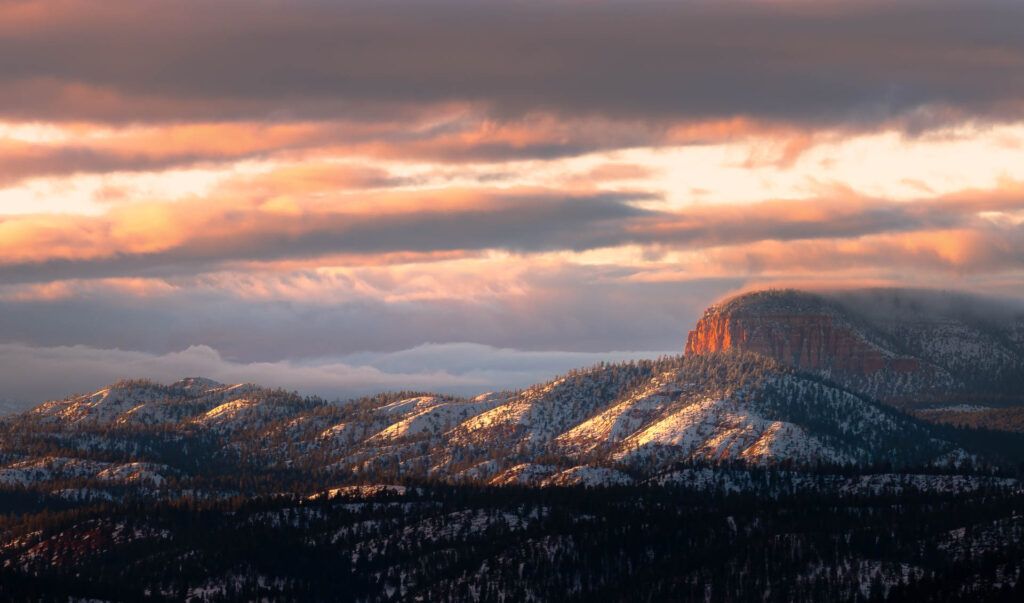
I find the lens fun to use, especially when you’re shooting subjects that are larger than life (i.e. mountains) or when you’re in a high up vantage point. The long focal length compresses everything so that they look tight and compact. It’s a totally different perspective from a wide angle lens. The bokeh is decent for portraits as well if you’re in a pinch. There’s a F2.8 GM version of the lens if you need something a little faster, which is helpful when shooting wildlife or if you handhold your lens a lot.
I tend to always bring my 70-200 with me whenever I go out to shoot. It’s the perfect complement to the 16-35 and an awesome 2-lens kit.
Prime: Sony FE 55mm F1.8 ZA
2020 Update: This has really become my go-to astro lens. I love using it for panoramas of the sky. It’s tack sharp and captures a ton of light. It was a bit tricky at first to get all the required frames to stitch the panorama together but after some practice it’s been amazing. Here’s one of my favorite shots from 2019 using the 55 f/1.8. (Check out my 6 tips to improve your Milky Way photography!)
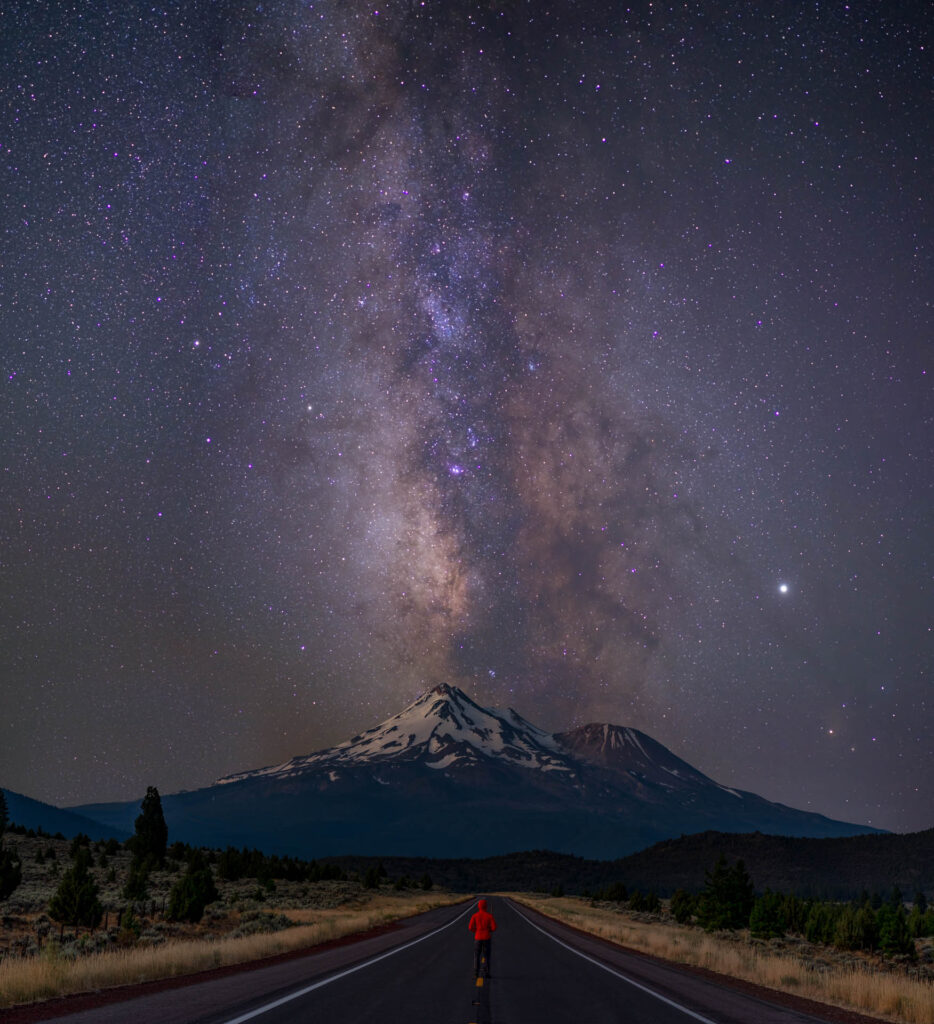
Probably the sharpest lens I currently own, the 55mm tops all sharpness charts in reviews and performs stunningly. This little lens is awesome, it’s small and extremely light weight, but don’t let it’s small stature fool you. It packs quite a punch, topping the charts at tests done by DxO and produces some beautiful bokeh as well. While it’s not a 85mm or 105mm, the 55mm is capable of producing beautiful portraits and is a great general walk-around lens.
For a while it was my go-to lens for street shooting or walk-around. Lately I’ve found the 16-35 and 70-200 to be more versatile, especially when backpacking and hiking. If I need to shoot a portrait, I found the 70-200 to be quite the performer – not quite as sharp or bokehlicious as the 55mm but still quite charming.
All Around Lens: Sony FE 24-105mm F/4 G
I was a bit hesitant of this lens at first. I’ve been shooting more extreme focal lengths for so long (16-35 / 70-200) that I didn’t feel that I would enjoy a ‘mid range’ focal length. I tried this lens and did a few hikes and trips with it and boy was I surprised! It’s quite the performer but also very fun to shoot with. It’s not as dramatic as the ultra wide or telephoto but still allows for a wide variety of shots.
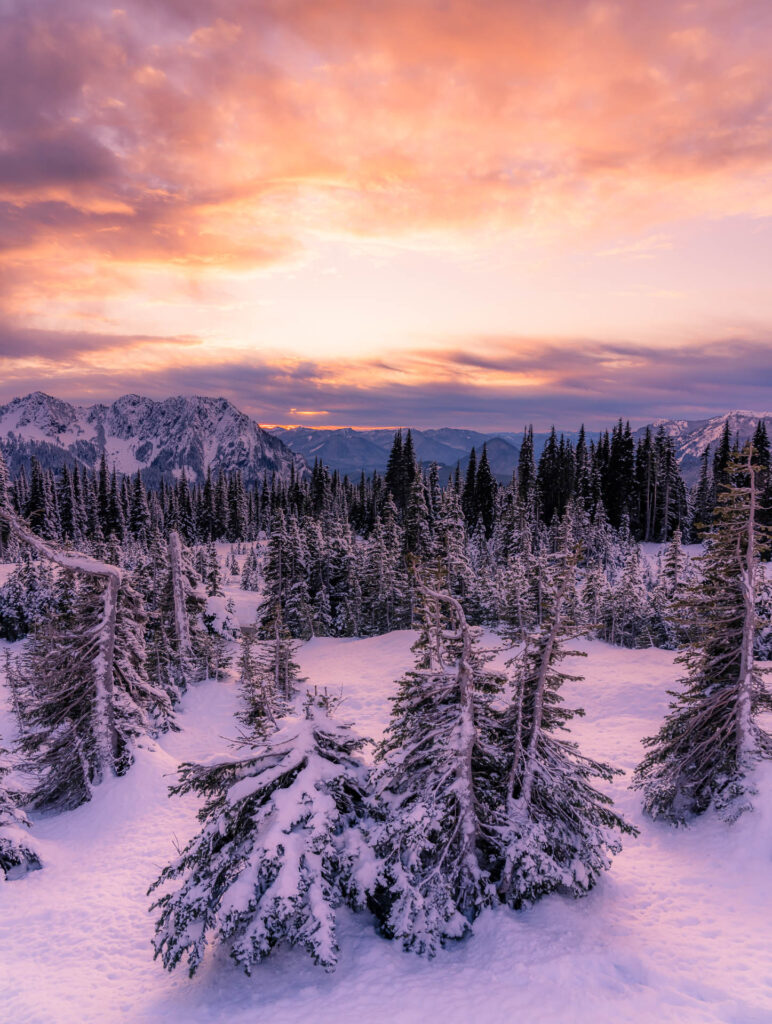
I’ll need more time with the lens to come up with a final verdict but for now the feelings are positive. It’s the ideal walk around lens that lets you get most shots.
Accessories
Tripod: Gitzo GT2545T
I have a few tripods, but after buying the Gitzo, I haven’t used any of the other ones. It’s the perfect combination of weight, stability, and size. It’s large and sturdy enough that I can use it all the time and still portable enough that I can bring it on the plane and pack it for backpacking. It’s a carbon fiber tripod – so you can expect it to be light and vibration free. It’s a little on the pricey side, but you get the quality you pay for. It’s one of the few items that I genuinely have no complaints about.
Ballhead: Really Right Stuff BH-30
With the tripod comes the ballhead, right? The Really Right Stuff BH-30 is a ballhead I’ve been using for over two years. It’s light and low profile, which fits my use case. It’s strong enough to hold big lenses and very sturdy. I have the option with the full-sized lever-release clamp. The lever-release clamp is a bit lower profile than the usual knob designs. There is no locking mechanism, but the lever is a dual-action lever and requires quite a bit of force before it comes loose, so I haven’t had any problems with keeping the camera mounted.
That pretty much wraps up my current kit. There’s some missing items like filters, remote, batteries, etc. But those I’ll leave up to you to decide what to get.
If you have any questions, feel free to drop a comment below or connect with me on Instagram!
Jonathan
Hey there, I’m Jon! I love landscape photography which is why I travel all the time! On my blog I’ll share all the best spots for epic sunsets and sunrises as well as some photography tips and tricks. I also have a interest in game design so you’ll find the occasional post about that too. Thanks for visiting!
